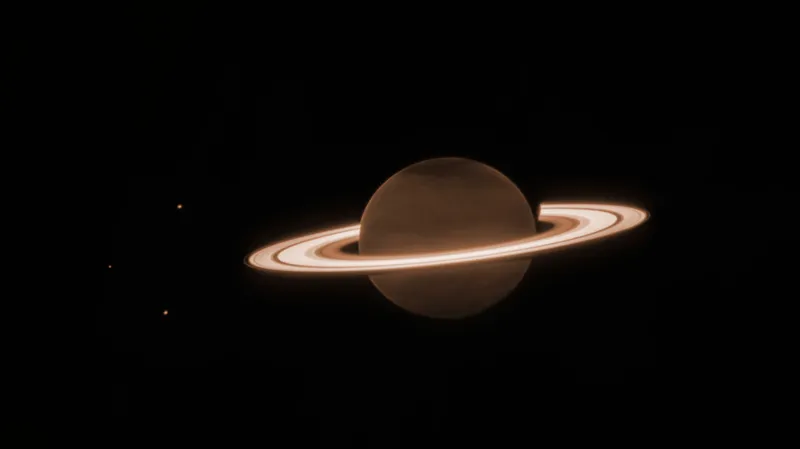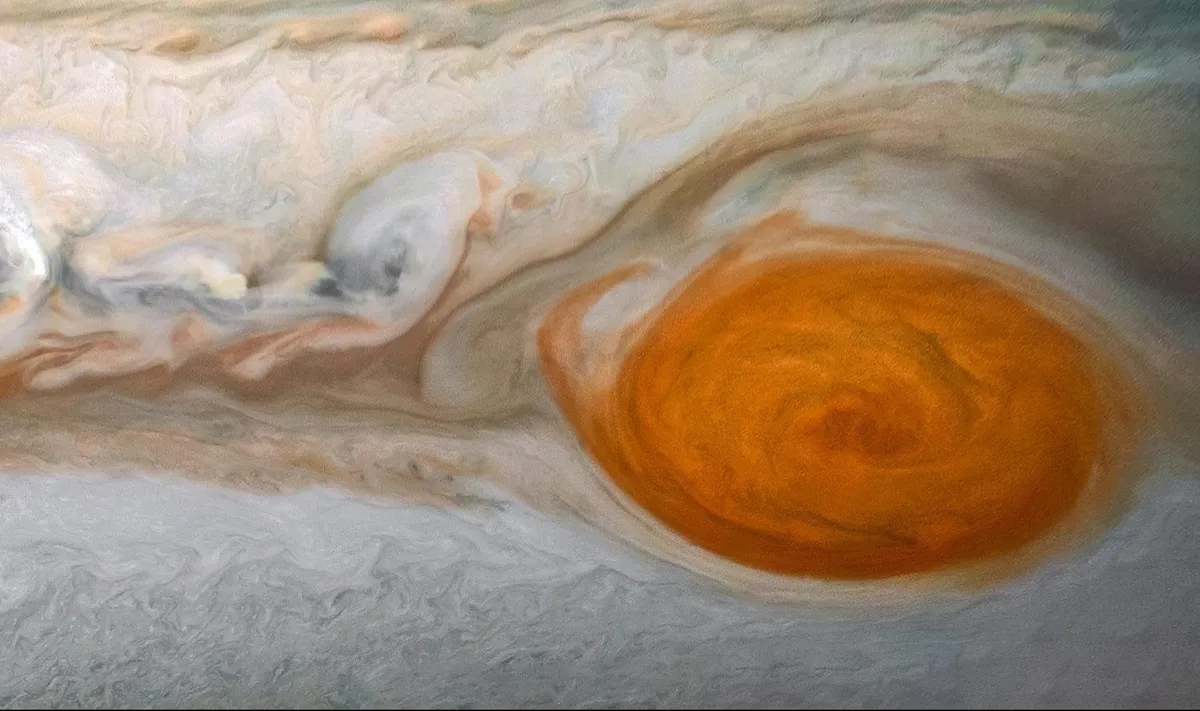What is the biggest planet? Well, I suppose it depends what you mean by 'biggest planet'!
If you mean Solar System, that’s easy: the biggest planet in our Solar System is Jupiter.
Jupiter has a diameter of 142,800km (88,846 miles), which is more than 11 times that of Earth (a paltry 12,756km, or 7,926 miles).
In fact, Jupiter is so big you could comfortably fit 1,300 Earths inside it.
The second largest of the Solar System planets is Saturn, with Uranus third, Neptune fourth and Earth fifth.

Most massive planet?
Jupiter is the biggest planet in our Solar System if we’re talking ‘biggest’ in terms of volume.
If you mean largest planet in terms of mass, then the league table looks slightly different.
Jupiter still comes out on top at 1.8986 x 1027 kg, followed by Saturn, but Neptune and Uranus swap places, coming in third and fourth respectively.
Trailed once more by Earth in fifth place with a mass of 5.9736 x 1024 kg.
But asking ‘what’s the biggest planet?’ and then only looking within our own Solar System is like asking ‘who’s the tallest person in the world?’ and then limiting the search to people that live in your own street!
And once you start looking at exoplanets, then there really are some giants out there.

Biggest exoplanets
There are dozens of known exoplanets that have diameters up to twice that of Jupiter.
One of the largest about which we know a fair amount is XO-6b, which orbits the star XO-6 in the constellation of Cameloparalis, about 720 lightyears from Earth.
XO-6b is roughly twice the size of Jupiter in terms of diameter, and has around 4.4 times the mass.
Larger exoplanets have been identified.
Discover some of the weirdest planets in the Universe

TYC 8998-760-1 b, for instance, has a diameter that’s three times that of Jupiter, and 22 times its mass.
However, as exoplanets are detected rather than seen, debate rages as to whether TYC 8998-760-1 b and a handful of other, similarly sized bodies are in fact exoplanets at all.
Some astronomers think they might instead be brown dwarfs, which are essentially failed stars.
